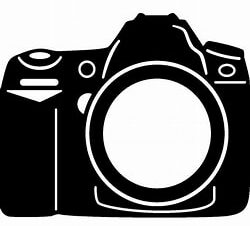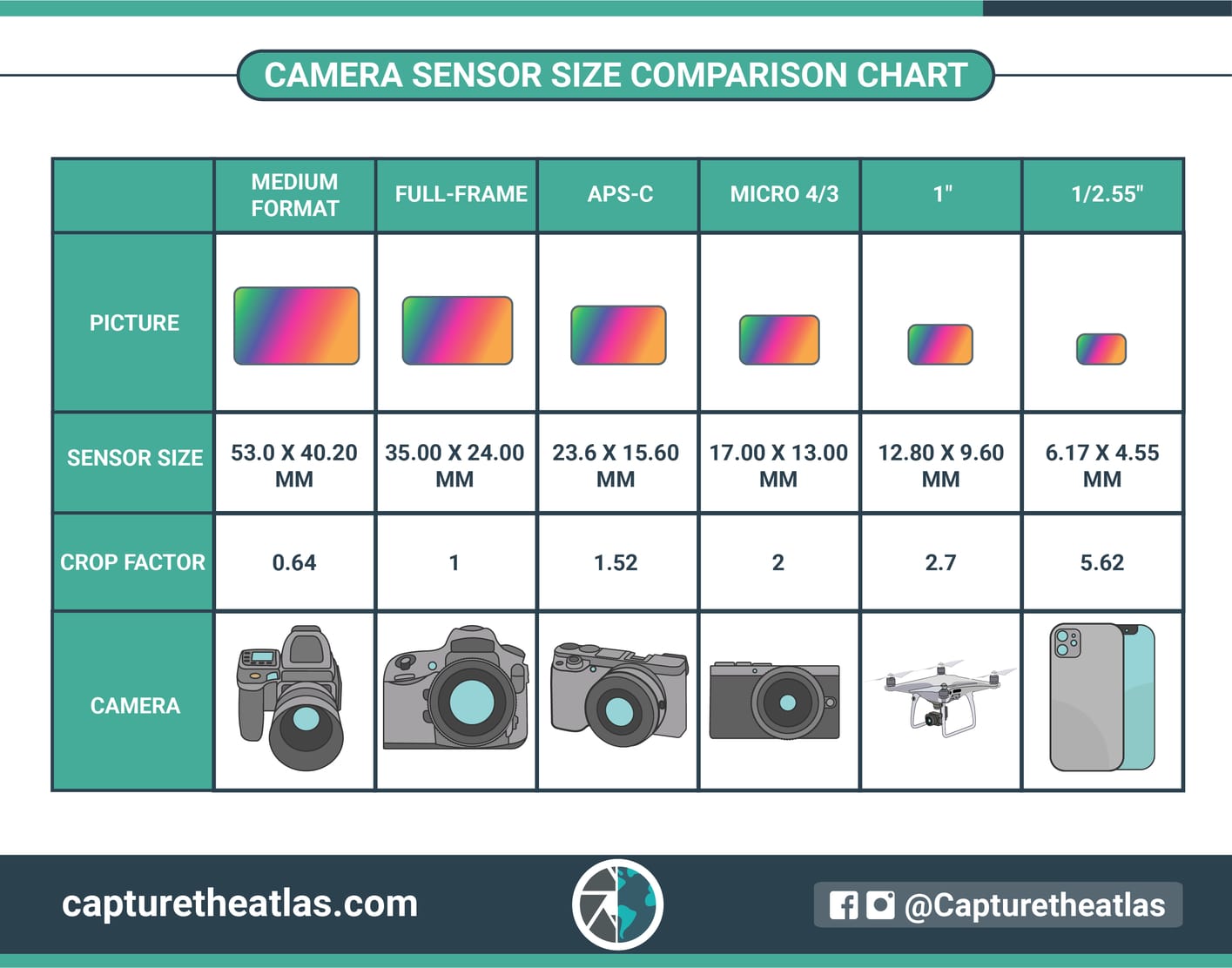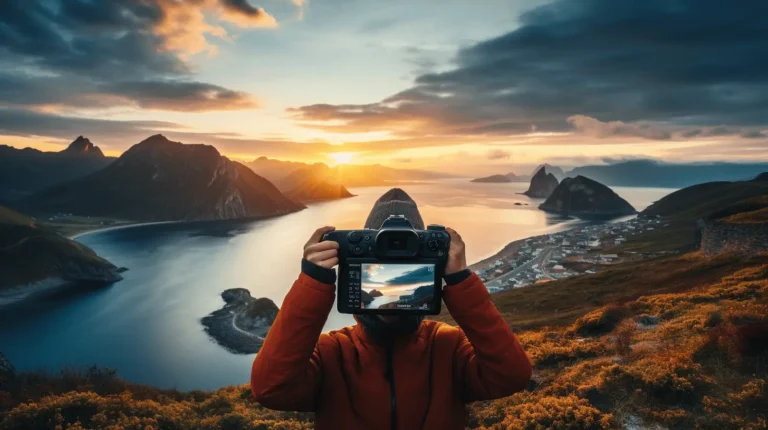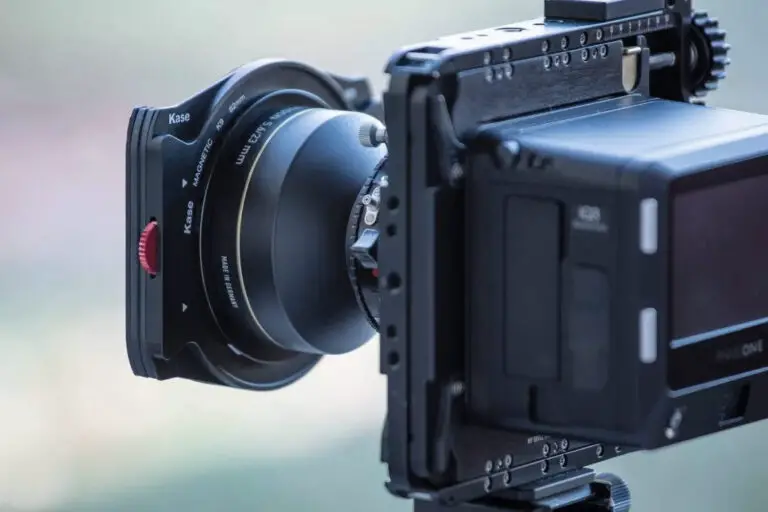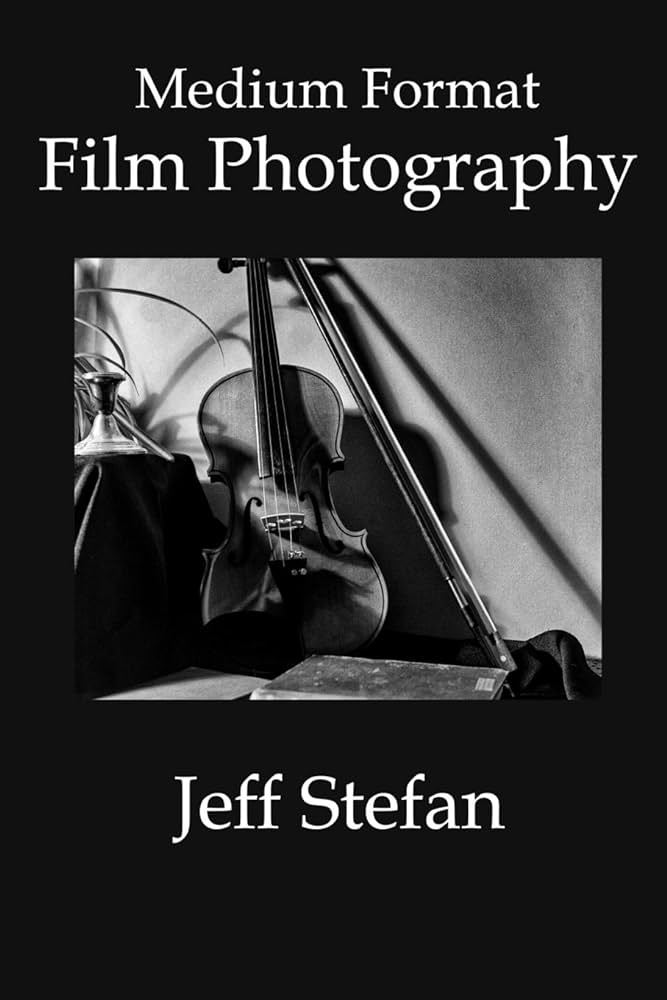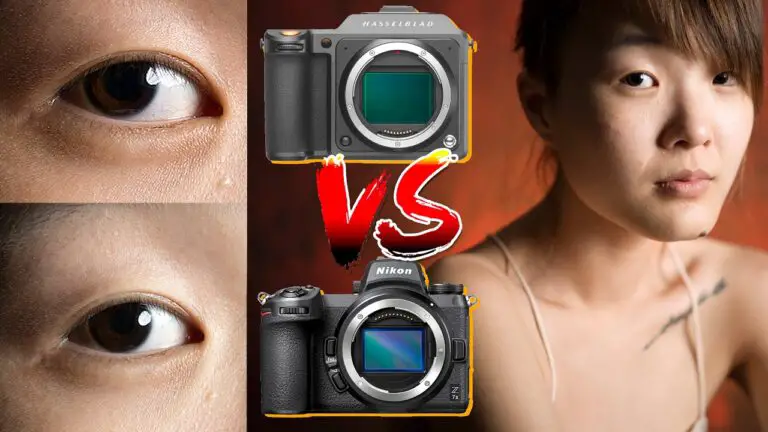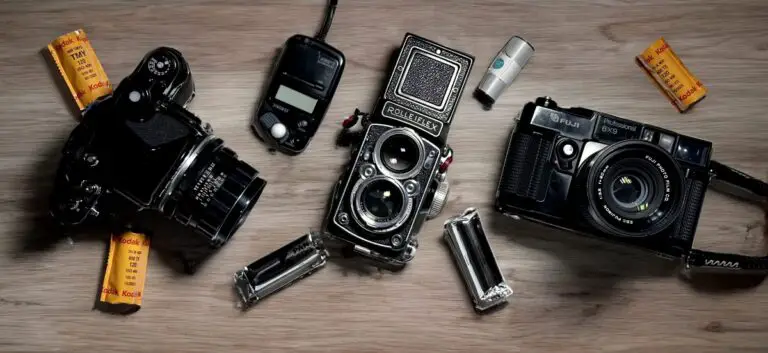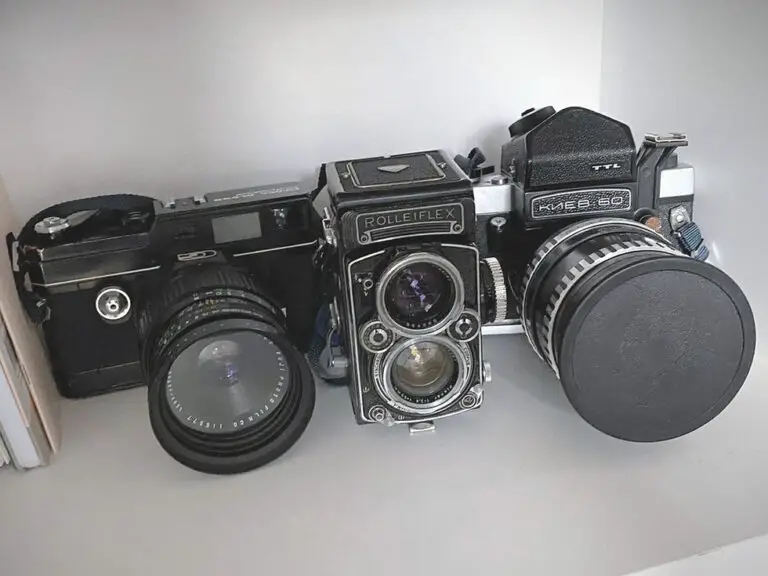Choosing the Right Medium Format Camera: Comparing Sensor Sizes and Features
In the world of photography, the choice of camera is pivotal. It can elevate ordinary snapshots into extraordinary shots or serve as a creative barrier. For those deeply passionate about photography, the talk often leans towards sensor sizes and the never-ending debate of quality versus cost. This post is a guide for aficionados navigating the world of medium format cameras. We’ll explore why sensor size matters and how it impacts features and performance. Whether you are a seasoned professional looking for an upgrade or an enthusiast eager to explore the medium format, this article will serve as your compass.
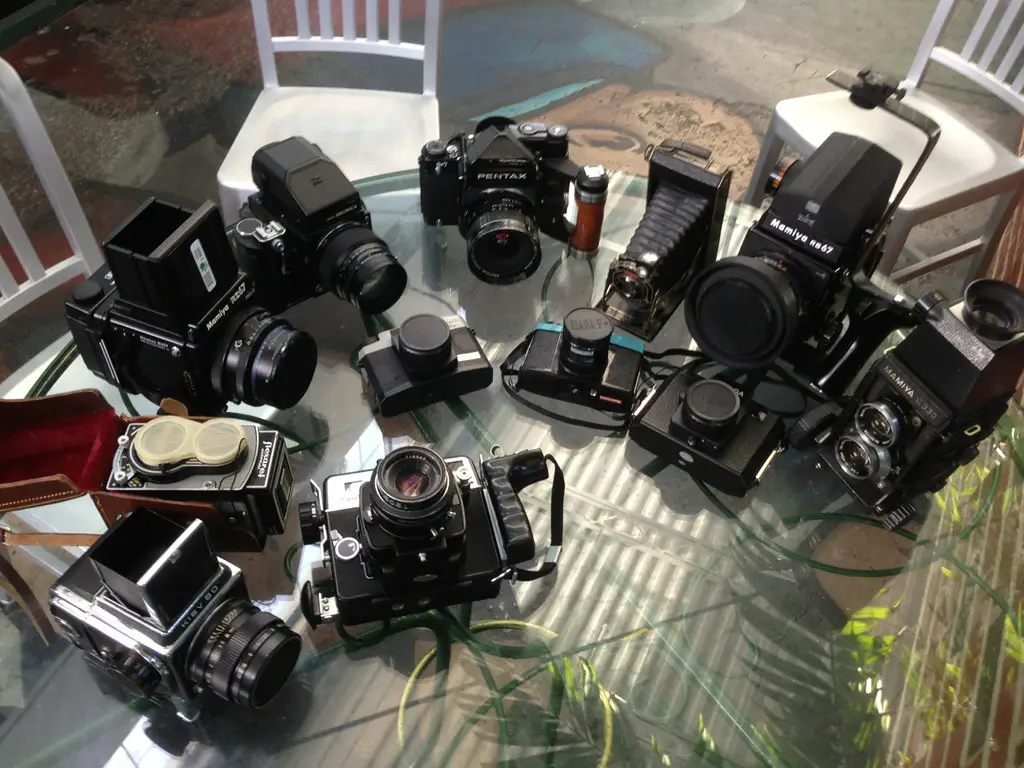
Introduction
The digital renaissance has given birth to cameras of all shapes and sizes, with each format catering to a specific need. While the debate between full-frame and crop sensors continues, medium format sits at the apex for those seeking uncompromising image quality. This discussion is not just about megapixels; it’s about nuances discernible to the trained and the untrained eye alike.
Understanding Sensor Sizes
The sensor size of a camera is the photoreceptive surface within the camera that captures the image. It’s a key component in determining image resolution and grain. Full-frame sensors are sometimes referred to as 35mm sensors, and they are the gold standard for many professional photographers. In comparison, the sensor in a medium format camera is significantly larger. The larger the sensor, the more data it can capture, which translates to higher potential image quality, detail, and improved performance in low light.
Full-frame vs. Medium Format
Full-frame sensors are approximately 36mm x 24mm in size, while the medium format is significantly larger, with dimensions varying by the camera model but often around 53.7mm x 40.4mm. The difference in surface area may seem small on paper, but it’s substantial in the actual photography.
Impact on Image Quality and Depth of Field
Image quality relates to factors like color depth, dynamic range, and resolution. Medium format cameras excel in all these areas, often capturing images with a tonal depth that feels almost three-dimensional. Depth of field, the range of sharpness within an image, is also influenced by sensor size. Larger sensors can produce a shallower depth of field, which is a desirable effect for many photographers, especially those in the portrait genre.
Key Features Comparison
When it comes to features, medium format does not just raise the bar; it sets a new one. We’ll break down the crucial aspects you should examine when selecting a medium format camera.
Resolution
Resolution isn’t everything, but it’s often a starting point for discussion. Medium format cameras boast megapixel counts that outshine their full-frame counterparts, providing exquisite detail in every shot.
Dynamic Range
Dynamic range is the camera’s ability to capture detail in both high-lit and low-lit areas of a scene. Medium format cameras offer a superior dynamic range, preserving detail in highlights and shadows.
Low Light Performance
Perhaps the most significant advantage of a larger sensor is the ability to capture more light. This overall increase in performance means medium format cameras can retain image details even in very dark conditions compared to smaller sensors.
Choosing the Right Camera
Wading through the sea of medium format options can be daunting, but there are key factors that can help you narrow the search.
Budget
Medium format cameras are renowned for their quality and the price tag to match. It’s essential to know your budget and stick to it. A medium format camera is an investment, but there are options at various price points.
Intended Use
What will you primarily use the camera for? Portrait photographers might value resolution and bokeh, while landscape and architecture photographers could prioritize dynamic range and detail.
Lens Compatibility
The beauty of medium format cameras is the extensive range of lenses available. It’s worth considering what’s in the lens lineup that fits your requirements and if you can utilize existing lenses you may own.
Brand Preferences
Many professional photographers develop a loyalty to brands that have served them well. While not a make-or-break criteria, it’s worth reflecting on your experience with different brands.
Real-World Examples
To provide a tangible comparison, we’d look at specific models in the market and what they offer.
Image Samples
Real-world examples, or in this case, real-image examples, can give you an idea of the kind of output potential models offer. Comparing photos side by side can sometimes be more informative than a long list of features.
Pros and Cons
Each camera will come with its set of pros and cons. Recognizing those can help you understand what compromises you’re willing to make and what features are non-negotiable.
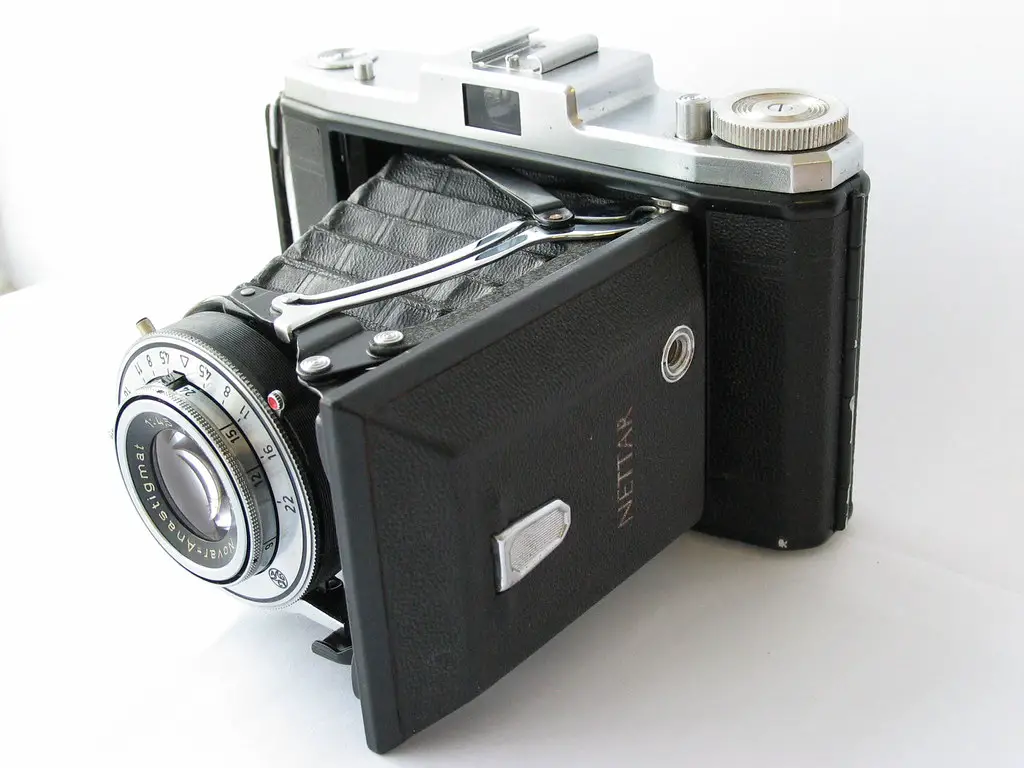
Conclusion
Selecting a medium format camera is a personal decision, much like choosing a painting canvas for an artist. It’s an instrument that should resonate with your vision and how you see the world. By considering sensor sizes and their effect on camera features, and by examining real-world examples, you can make an informed decision. Remember, the best camera is not always the most expensive one or the one with the most features; it’s the one that best helps you achieve your creative vision. Happy shooting!
